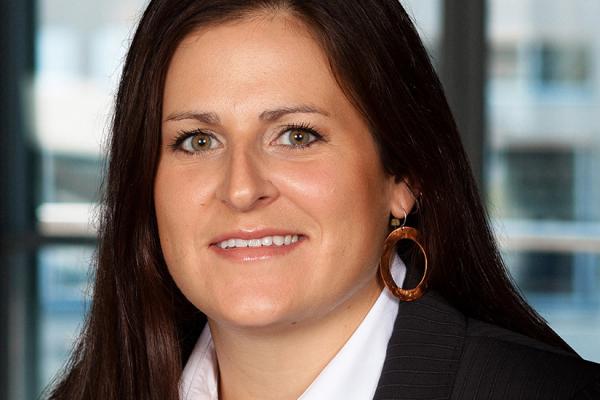Dr. Mandy Agnew receives National Institute of Justice (NIJ) Grant

Congratulations to Dr. Mandy Agnew on her receipt of a National Institute of Justice Grant for trauma-related forensic anthropology research. Dr. Agnew—an OSU Anthropology alumna—is an affiliated anthropology faculty member, director of the Skeletal Biology Research Laboratory (part of the Injury Biomechanics Research Center), and a leader of the Forensic Anthropology Case Team (FACT). Dr. Agnew’s research interests focus on bone biomechanics, skeletal biology, and functional anatomy. She will be using this research in her current grant to improve court testimonies on forensic cases.
The public abstract for Dr. Agnew’s recent grant, “Skeletal trauma in Forensic Anthropology: Improving the Accuracy of Trauma Analysis and Expert Testimony,” explains that,
“Current analyses of skeletal trauma are largely dependent on descriptive methods with little or no interpretation. Such practice lacks any link from observed fracture patterns to validated, experimental skeletal trauma research identifying fracture mechanisms. This baseline for interpreting skeletal trauma and providing scientific testimony cannot satisfy Daubert guidelines. The proposed research will fill the identified gap in the current knowledge and methods of skeletal trauma research, analysis, and interpretation by providing controlled experimental bone trauma data focused on fracture mechanics to improve the validity of skeletal trauma analysis and interpretation through precise, accurate, and repeatable analytical methods. The goal of this research is to scientifically validate the relationship between long bone fracture characteristics and injury mechanisms. This will be accomplished by addressing the following specific aims throughout this research project; Aim 1: Analyze relationships between skeletal fracture characteristics and intrinsic variables of the individual or the tibia (e.g., age, sex, cross-sectional geometry), as well as evaluate covariation of intrinsic variables, and Aim 2: Analyze relationships between skeletal fracture characteristics and extrinsic experimental variables (e.g., loading rate, loading direction).
One-hundred human tibiae (50 females, 50 males) will by dynamically impacted at mid-shaft in 4-point bending testing scenarios in the proposed project. Intrinsic variables (e.g., age, sex, robustness), biomechanical parameters (e.g., force, energy), and fracture characteristics (e.g., location, type) will be collected before, during, and after testing using multiple methodologies (e.g., QCT scans). Analyses will evaluate inter-relationships as well as the influence of each of the variables on outcome variables (biomechanical parameters and fracture characteristics). This research will provide forensic anthropologists a better understanding of biological variability and its impact on fracture mechanics, as well as offer statistically substantiated results to strengthen expert testimony. Strategic varying of extrinsic factors (Aim 2), will provide data to enable forensic anthropologists to further interpret traumatic injuries and legitimize or disprove common beliefs, such that higher loading rates result in more complex fractures. Data from this research will be organized into a publicly available Forensic Anthropology Skeletal Trauma (FAST) database, with the purpose of providing objective training resources for scholars and professionals to standardize trauma interpretations within and across disciplines.”
More information on the grant.
For any questions about the project, please email Dr. Agnew at Amanda.agnew@osumc.edu
